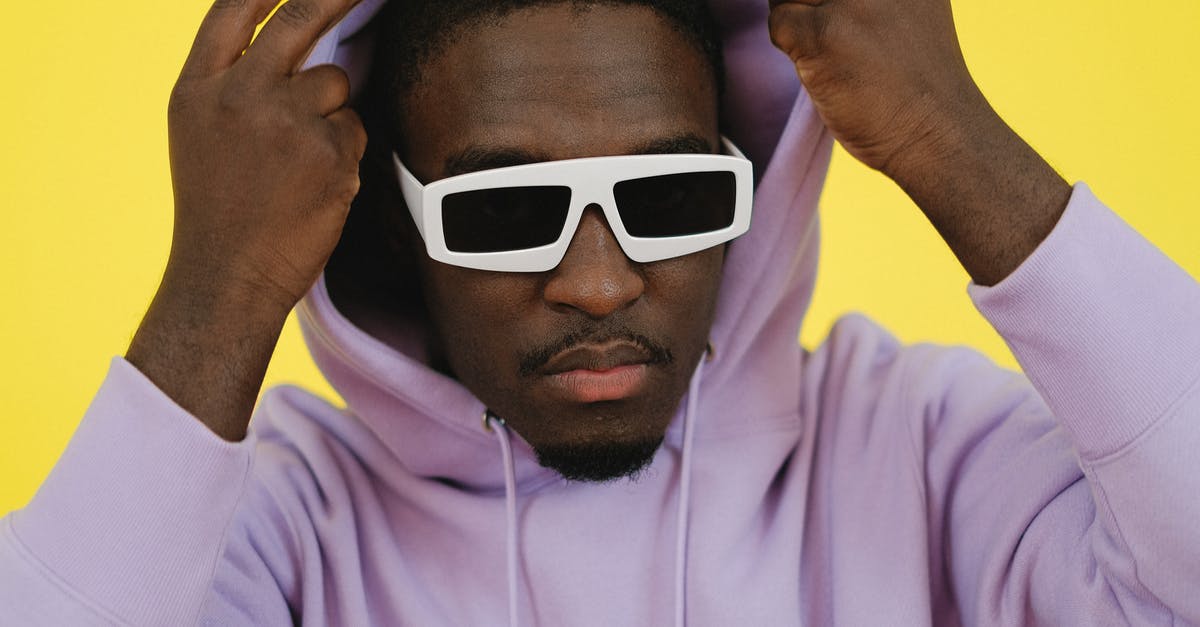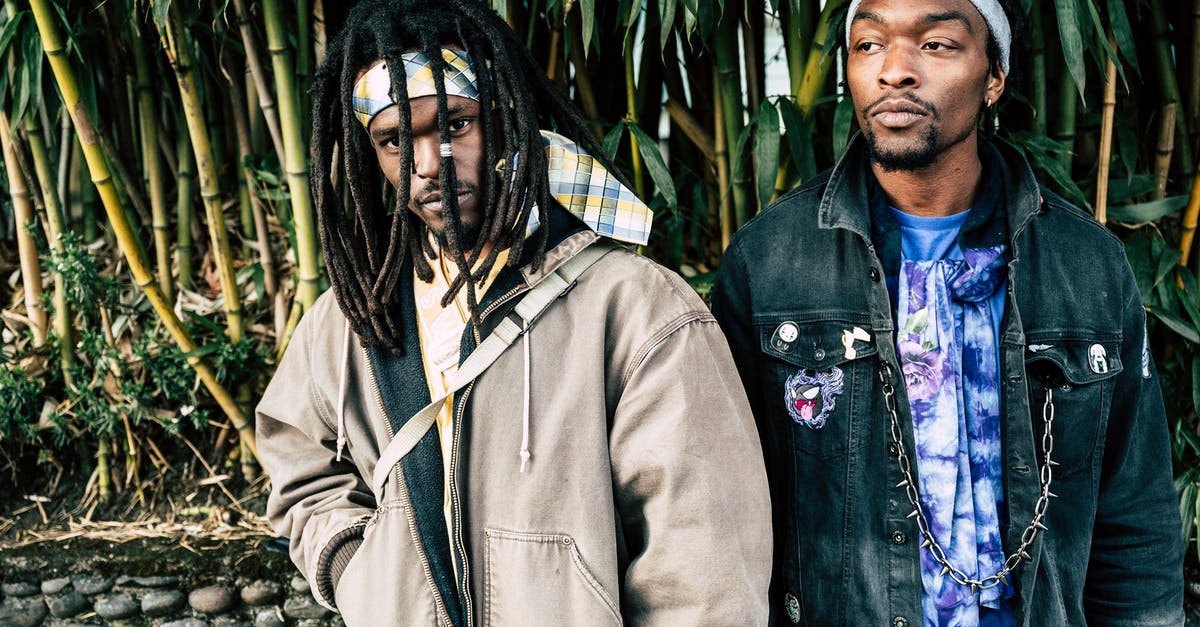Why does this character look like this after the treatment?

VIEWER DISCRETION IS ADVISED
This is about Martyrs from 2008 (France / Canada), not the remake.
There are two female leads, Lucie and Anna. Lucie commits suicide and Anna is captured. Finally, Anna is skinned alive.
Here is a video of the movie final:
It starts with the skinned Anna being hoisted and locked into position. Other important scenes are at around 3:20 and, especially, 4:16.
Now, my question concerns her anatomy after the flaying.
Why does Anna lack female breasts after the skinning?
I wonder whether this was intentional and there is an in-movie explanation or maybe a convincing analysis. But maybe it was a mistake or there were other reasons (e. g. technical, content rating).
Best Answer
Pascal Laugier on their approach to realism:
I really wanted all my effects to be almost medical. To be as realistic as possible because the film is not a rollercoaster, it's supposed to be about the flesh, the real condition of the body when you hurt yourself, and you know in real life when you torture your body it's already impressive enough not to need you to go over the top. So what you see now on screen could be really true. We even used some medical documents that we took from real life to keep it as realistic as we could.
Anna's chest looks as if modified radical mastectomy had been performed. The definition from Johns Hopkins (another source with a good illustration showing what's removed):
The entire breast is removed. This includes the nipple, the areola, the overlying skin, and the lining over the chest muscles.
In the making of video
the skin costume is shown and the pectoralis major is visible so it was not supposed to be removed (no radical mastectomy). The tissue doesn't appear to be injured, so it was not a hack job.
But why did they do it this way?
Two analyses, conducted from different angles, come to a very similar conclusion:
To deindividualize the martyr.
1) Feminist side
There is a scientific paper about it, but I can't access it:
Amy M. Green PhD (2011) The French Horror Film Martyrs and the Destruction, Defilement, and Neutering of the Female Form, Journal of Popular Film and Television, 39:1, 20-28, DOI: 10.1080/01956051.2010.494187
However, a blog article by Athena Genevieve (Violent and Vile Women in Excision and Martyrs: Feminism in Modern Horror Films) cites it:
Anna is never “sexualized” (Green 22) during her torture. Rather through the destruction of her body the audience witnesses “gender regression” (Green 24) as opposed to eroticization. Like the other victims, so brutalized they appear “barely human” (Green 21), Anna becomes “increasingly less identifiable as female” (Green 24). It is in the “skinning…and final neutering” (Green 25) that Anna ceases to appear to be a woman at all, with her “breasts and external genitals removed” (Green 25).
Athena notes:
The film forces the audience to examine human cruelty and vulnerability beyond the usual parameters of gender and sexuality.
In this regard, it's interesting what Pascal Laugier said in interviews. To Rob Carnevale from indiLONDON:
I wrote it on a very first-degree level. I felt very close to what my characters are living in a metaphorical way. I have no distance from this film. It’s very personal.
and to Lee Griffiths from Eye For Film:
It’s not a film about torture. It’s a film about suffering. I really needed the audience to feel the pain, to reach our limits, so maybe it would reach another level after the pain, like my main character does, reaching some transcendent state.
2) Plot-wise
This is taken from Simon Abrams film review for Slant Magazine:
The “other side” can only be reached, according to Lucie’s captors, by victims of violence that is so extreme that they can no longer perceive the mundane world. They must be young and they must be female (so says the older woman organizing the experiment). These “martyrs” can no longer see people (let alone their race), but to reach that point of transcendence, they have to first undergo a process of “other"ing, which in this case involves non-stop beatings.
and
These girls must first be completely alienated and once they’ve been physically and emotionally broken down, they have their “other"ness and all other traces of their identity forcibly ripped away from them. This means literally losing their skin, the flesh ripped away to reveal glistening tendons and muscles. Any possible sign of their race or gender is thus completely removed, turning them into so much unidentifiable flesh. First the martyr becomes an “other,” then they become nothing.
Conclusion:
This was not a mistake by the filmmakers, but intentional. It was also intentional by the captors. Pascal Laugier wants us to feel what the main character(s) feel. The captors want the martyr to reach that state of transcendence, for which they have to give up everything in this world and become one with the pain and suffering.
Pictures about "Why does this character look like this after the treatment?"



Why do people look different after cancer?
Cancer and cancer treatment can cause changes in your skin and hair that affect how you look. People with cancer might have to deal with scars or changes in skin color as well as hair loss and changes in hair texture.What do breasts look like after radiation treatment?
After radiotherapy, the skin of the breast may change colour. It may become darker with a blue or black tinge. It may also be more sensitive. It is important to protect the area from strong sunlight by covering up with clothes or using a sun cream with a high sun protection factor (SPF).What happens after cancer treatment is over?
When treatment ends, you may expect life to return to the way it was before you were diagnosed with cancer. But it can take time to recover. You may have permanent scars on your body, or you may not be able to do some things you once did easily. Or you may even have emotional scars from going through so much.Does Chemo change your appearance?
Skin changes also occur during chemotherapy. Certain chemotherapy drugs can cause temporary redness in the face and neck. This happens when the blood capillaries, which are the smallest part of blood vessels, enlarge and expand. The skin also can get dry, become darker or even more pale.Friday Night Funkin' Battle for Corrupted Island Demo (Learn With Pibby x FNF Mod) (VS BFDI Glitch)
More answers regarding why does this character look like this after the treatment?
Answer 2
From Human Breasts
The breast is the tissue overlying the chest (pectoral) muscles. Women's breasts are made of specialized tissue that produces milk (glandular tissue) as well as fatty tissue. The amount of fat determines the size of the breast.
So breasts is only some tissues, so skinning will remove any tissue in human body, in case women body it may remove breasts too. There is no bones in breasts.
As you might expect, peeling the skin off of an entire human being is kind of a difficult task.
Sources: Stack Exchange - This article follows the attribution requirements of Stack Exchange and is licensed under CC BY-SA 3.0.
Images: SHVETS production, Ron Lach, Lukas, Brett Sayles
